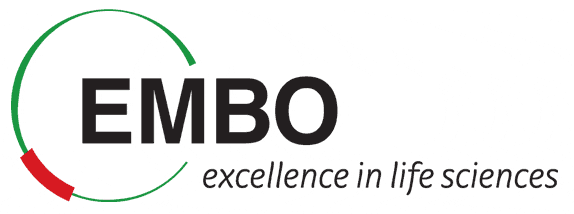Intrinsically disordered proteins
Presentation
In PFD format: link
In PPT format: link
Tutorial
Exercise 1
DISPROT database and analyzing calcineurin A
-
Find
calcineurin A(PP2BA_HUMAN) in DISPROT www.disprot.org(DP00092)
You can start from UNIPROT, it has a link to DISPROT or search DISPROT directly by keyword (sequence search does not work).
- What kind of information can you find on this page?
- Which regions are marked as disordered in DISPROT?
- Which regions are marked as ordered DISPROT?
- By what experimental techniques?
- What is the role of the disordered segments?
Exercise 2
Disorder prediction methods
- Collect prediction outputs for
calcineurin Ausing various methods!
The input can be (depending on the method):
- the amino acid sequence in FASTA format
- amino acid sequence in raw format (without header)
- UNIPROT ID or accession number
Please note
- some methods are sensitive to line breaks.
- In some cases the header cannot be too long or more then one word
- There could be restrictions on minimum and maximum length of sequence
Some disorder prediction methods:
- IUPred http://iupred.enzim.hu
- Globplot http://globplot.embl.de/
- PONDR-FIT http://www.disprot.org/pondr-fit.php
- ESpritz http://protein.bio.unipd.it/espritz/
- PredictProtein http://ppopen.informatik.tu-muenchen.de/ (MD, UCON, Norsp, Profbval)
- DISOPRED3 http://bioinf.cs.ucl.ac.uk/psipred/ (choose Disopred2 and 3 option!!!)
- or any other method you like…
- Do the predictions agree with the experimental characterization of disorder?
- Do the predictions agree with each other?
- Which method predicts the most disorder?
- Note the differences in the running time of the methods.
Exercise 3
MobiDB database
- Find
calcineurin Ain MOBIDB http://mobidb.bio.unipd.it/entries/Q08209
You can find the output of several other methods there.
- Which regions are predicted as disordered by the majority of methods?
- Which regions have matching PDB structure?
- Can you find regions that cannot be unambigiously assigned? What could be the reason for that?
Exercise 4
Analyze the protein with the Uniprot acession: P05204
Find the corresponding Disprot entry (DP00039)
- Predict protein disorder for DISPROT DP00039, for example with IUPred
- Count number of positively charged amino acids
- Count number of negatively charged amino acids
- Calculate net charge (you can use the protparam server)
- Check low complexity segments
- log on to the server machine using either putty (on WIndows) or your terninal (linux or Mac)
- download the sequence using the following command:
wget http://www.uniprot.org/uniprot/P05204.fasta
This command downloads the sequence to your current directory
- run seg command on your sequence, this will indicate low complexity regions in your sequence in lower case letters
seg P05204.fasta
(or you can take these from PFAM through uniprot)
- Check PFAM domains
Is there a contradiction between PFAM domain assignments and predicted disorder?
Excercise 5
Identify likely disordered binding regions
Characterize viral protein (Q9IK92) from the viewpoint of disordered binding region
- Run ANCHOR for this protein (You can also run DISOPRED, but that will take longer)
- Can you find corresponding PDB structure for this protein? http://www.rcsb.org/pdb/protein/Q9IK92
- Compare predicted disordered binding regions with DISPROT annotation
- ANCHOR http://iupred.enzim.hu
- DISOPRED3 http://bioinf.cs.ucl.ac.uk/psipred/ (choose Disopred2 and 3 option!!!)
- MORFchibi http://morf.chibi.ubc.ca:8080/mcw/index.xhtml
Exercise 6
Filtering motif hits
Dynein light chain protein binds to disordered segments that have a TQT binding motifs. One of its known interaction partner is FA83D ( Q9H4H8 ) with the region VGTQTS.
We found the same sequence fragment in the protein ASNSD1.
- Do you think it can be a valid binding partner?
Hint: Predict disordered binding regions (e.g. with ANCHOR)
You can add the VGTQTS motif to the search too in the motif window
Is the matching region predicted to have a disordered binding region?
Excercise 7
Characterize your favorite protein
in terms of disorder and disordered binding regions
If you don’t have a favourite protein, use N-WASP as an example
(O00401)
- Run disorder prediction methods (e.g. IUPred, PONDR VSL2, ESpritz)
- Run disordered binding region prediction methods (e.g ANCHOR, DISOPRED3, MorfCHIBI)
- Collect Pfam annotation
- Check coiled coil and low complexity predictions
- Check MobiDB


